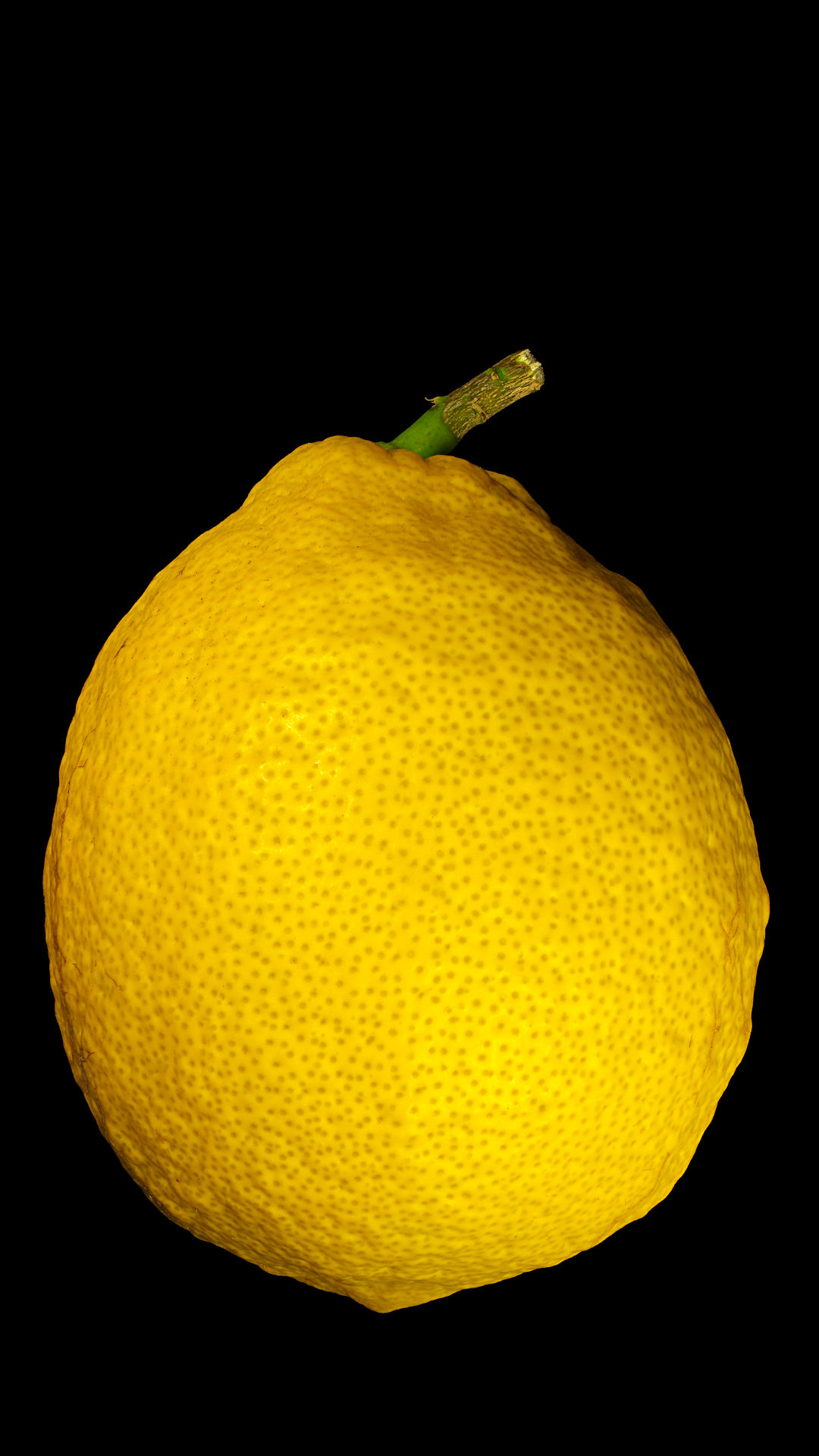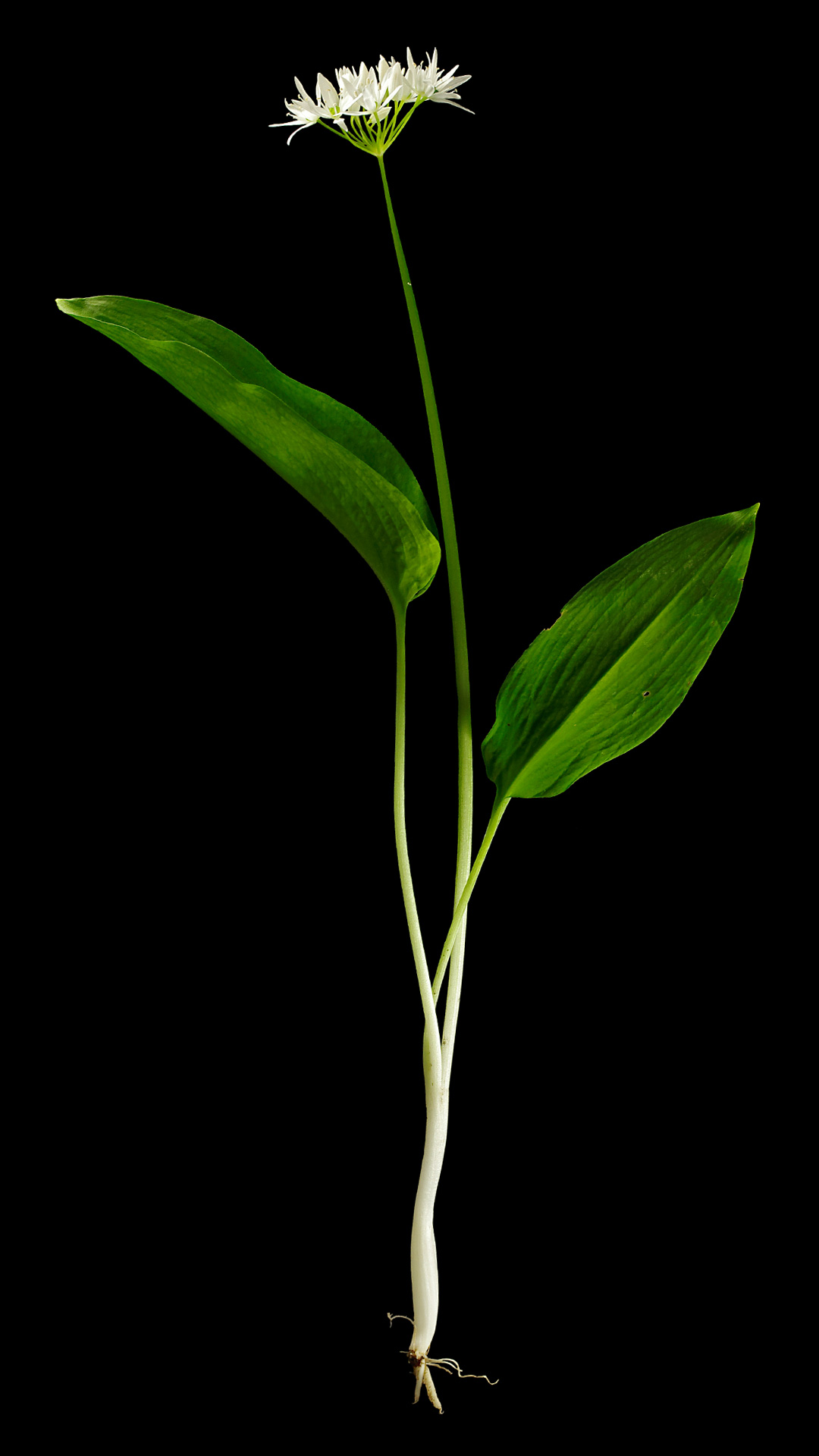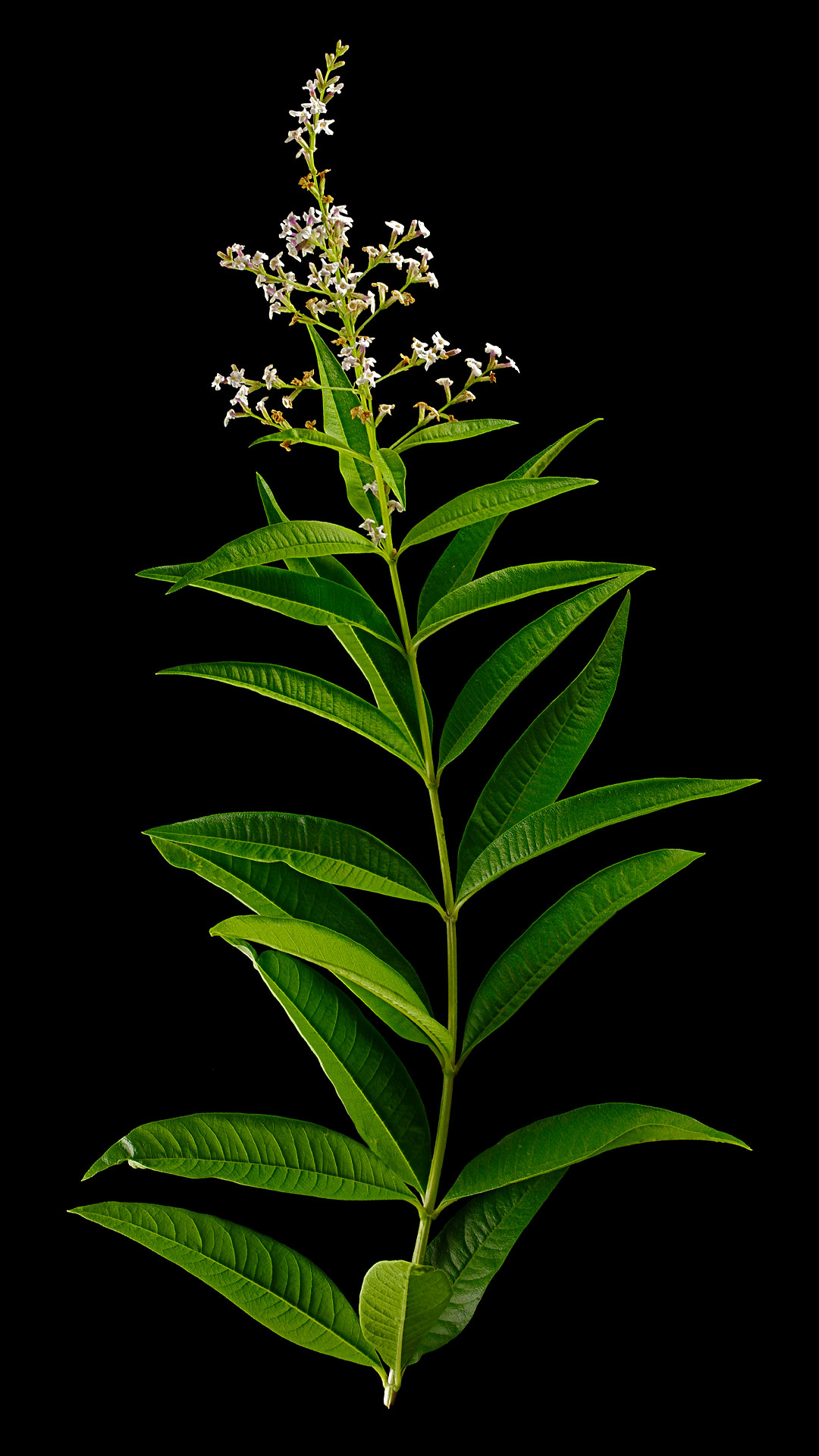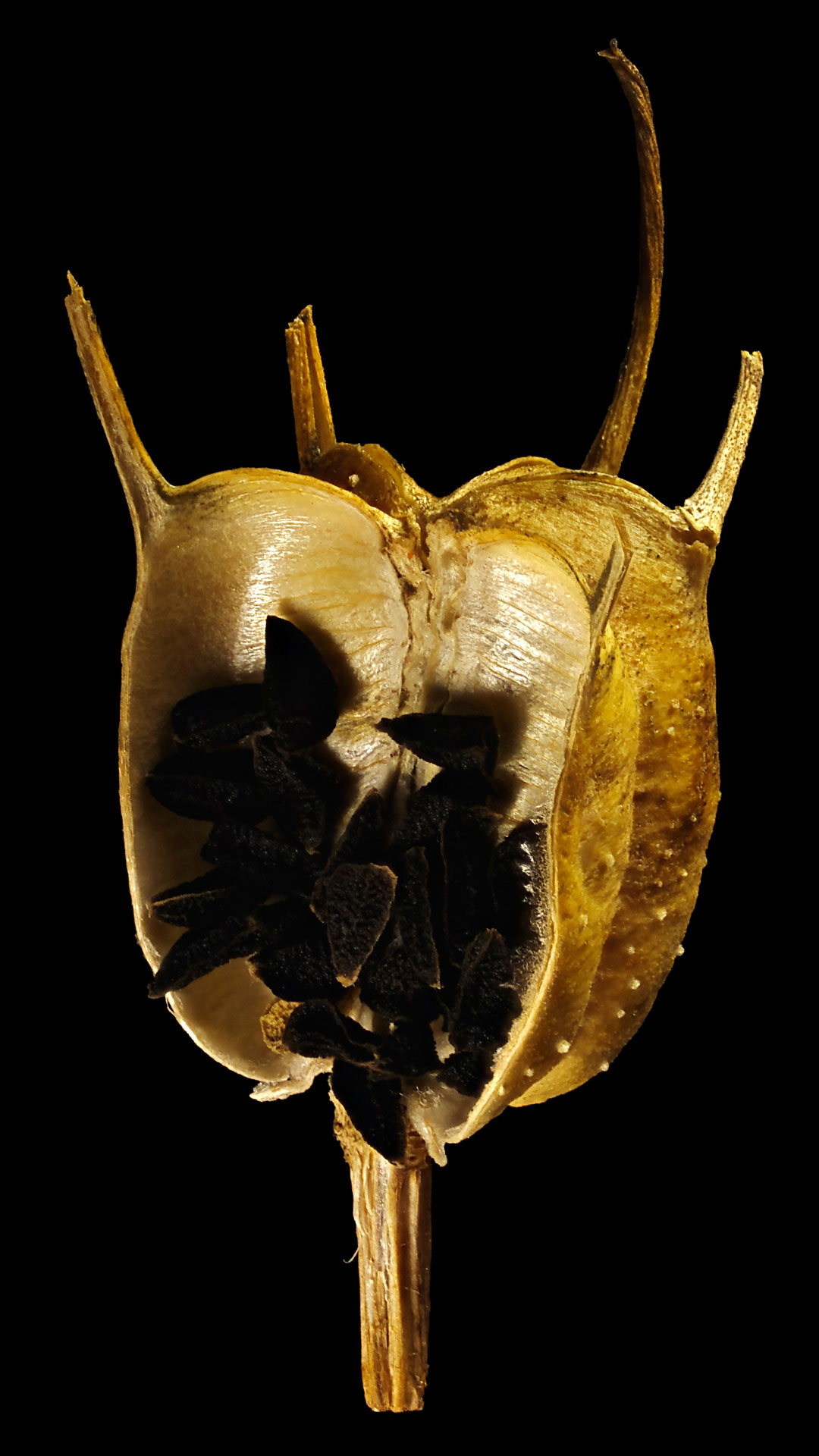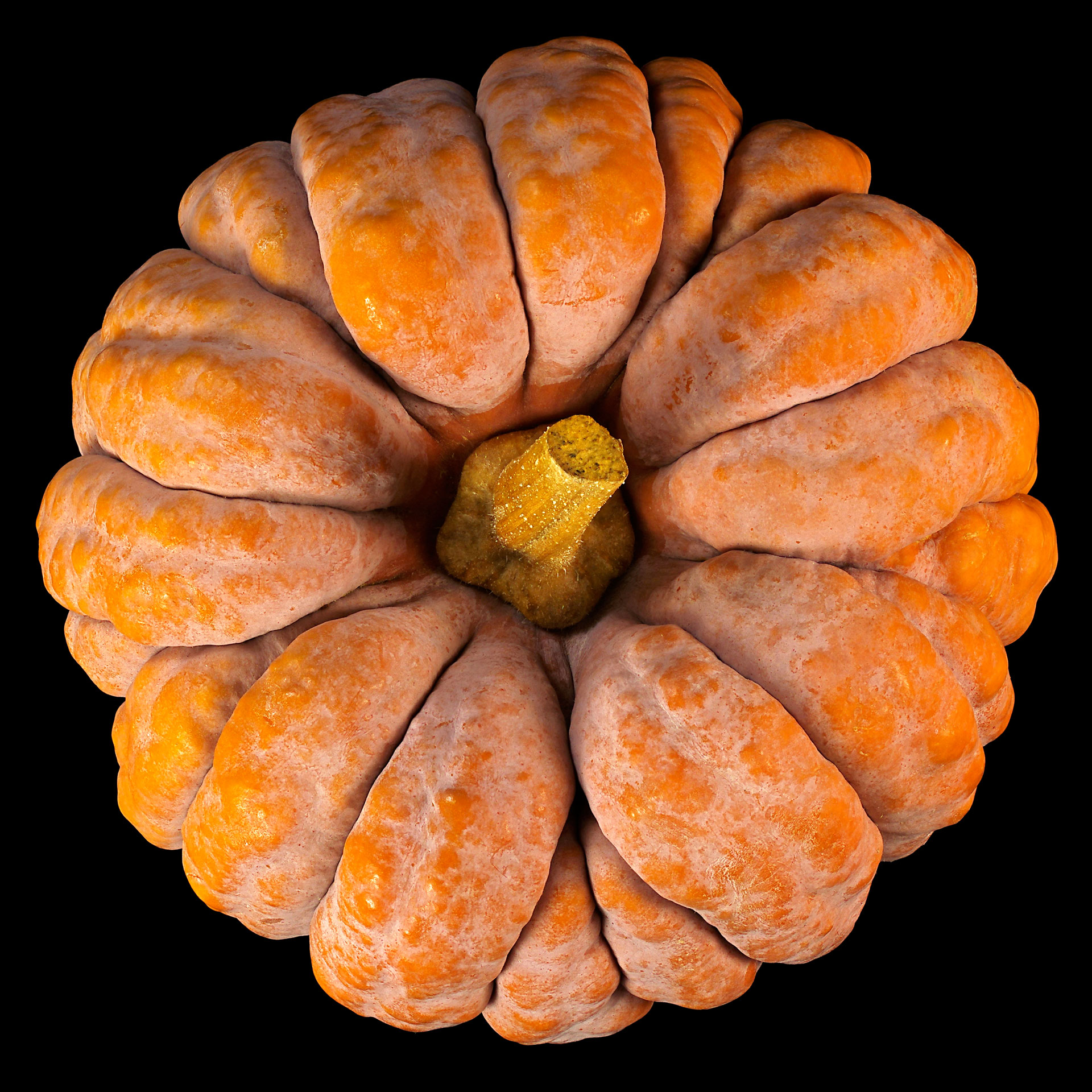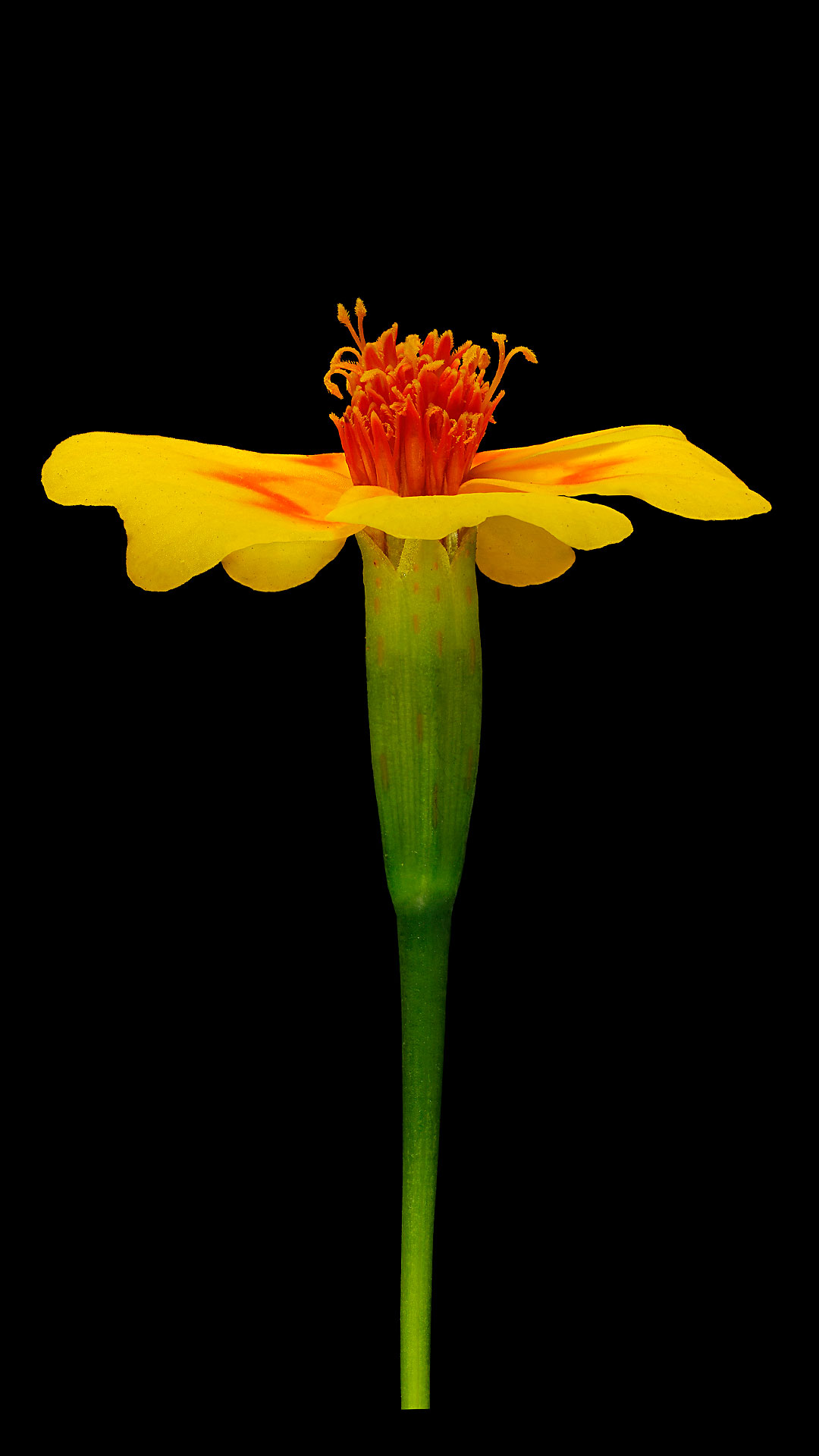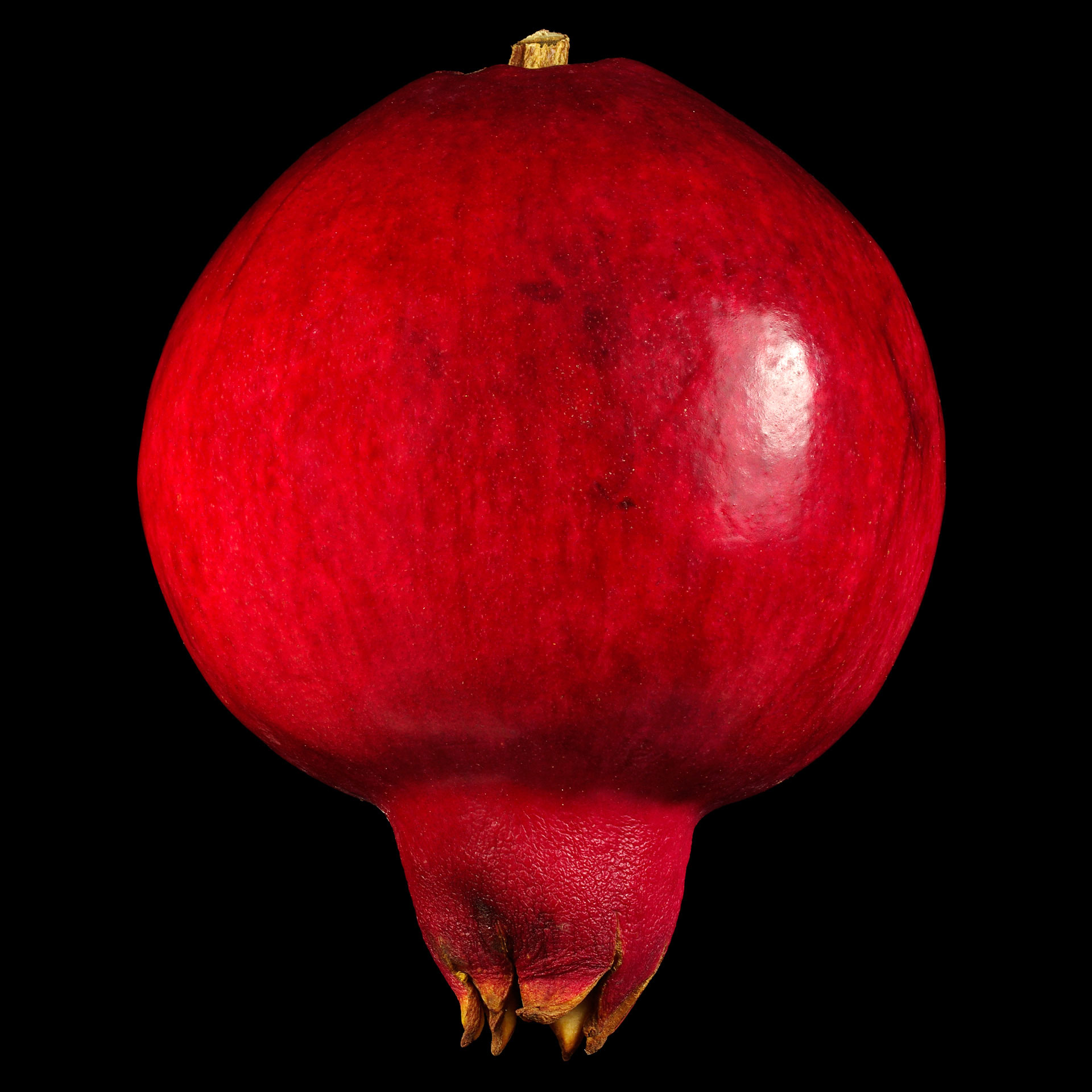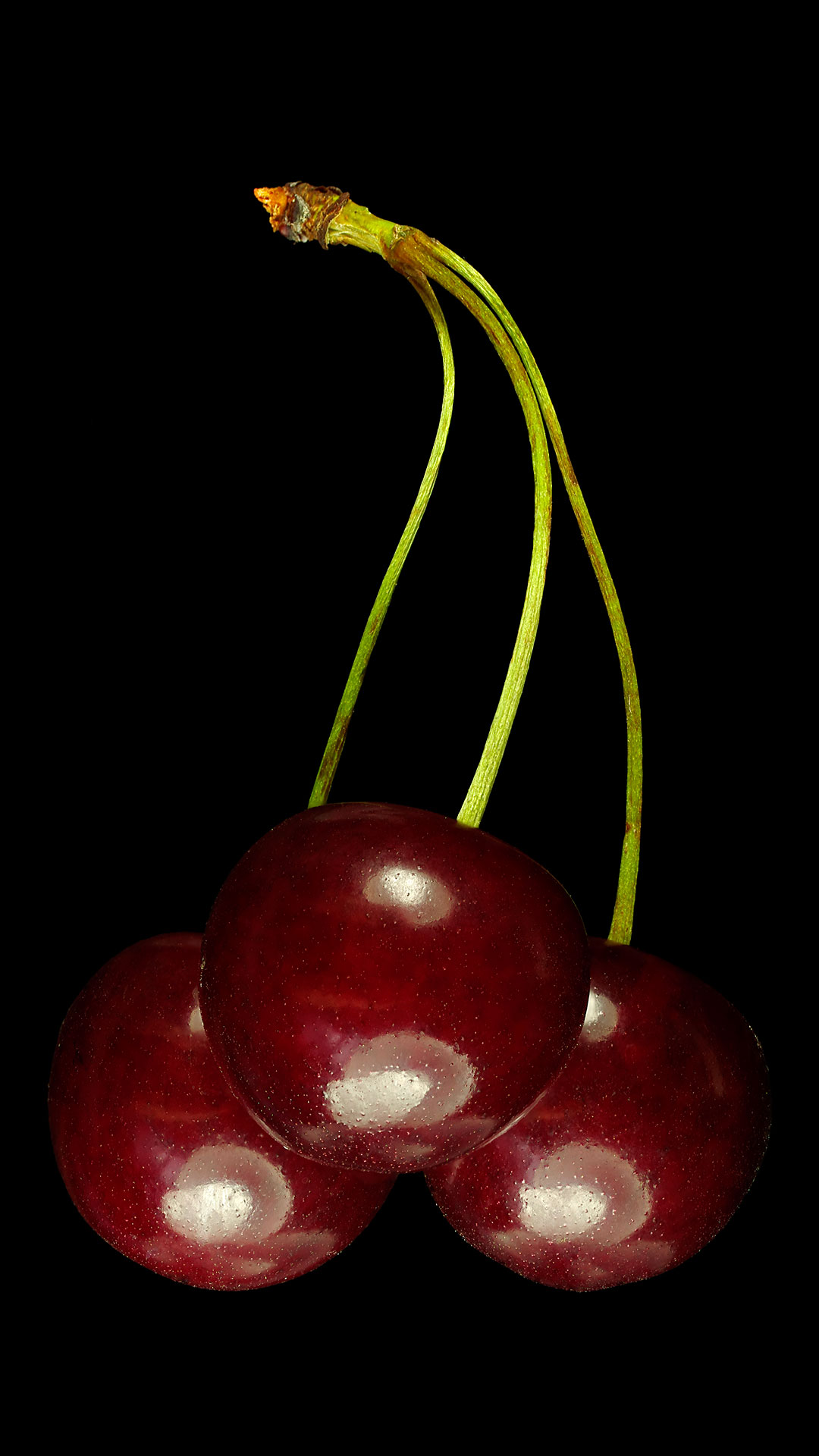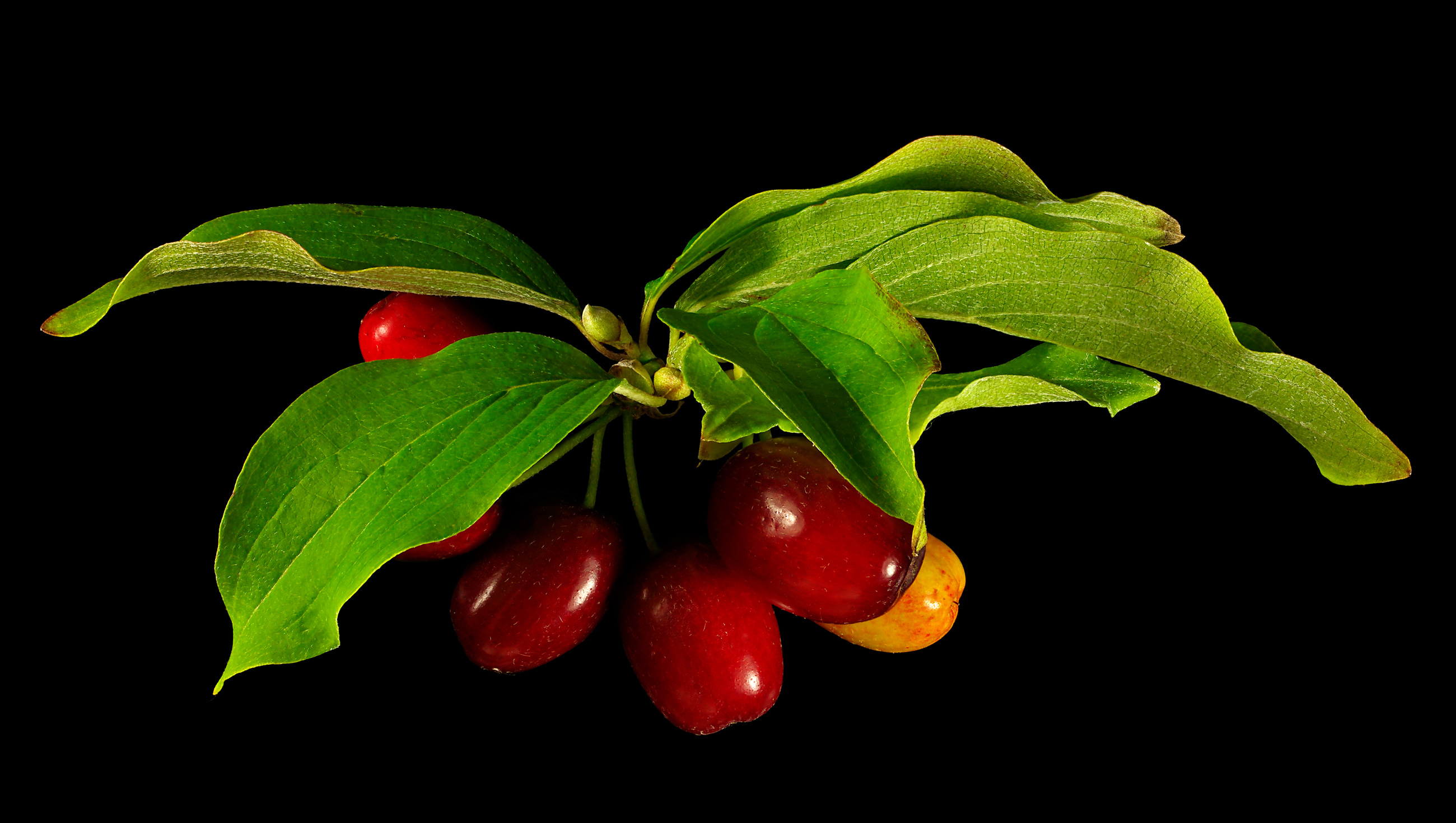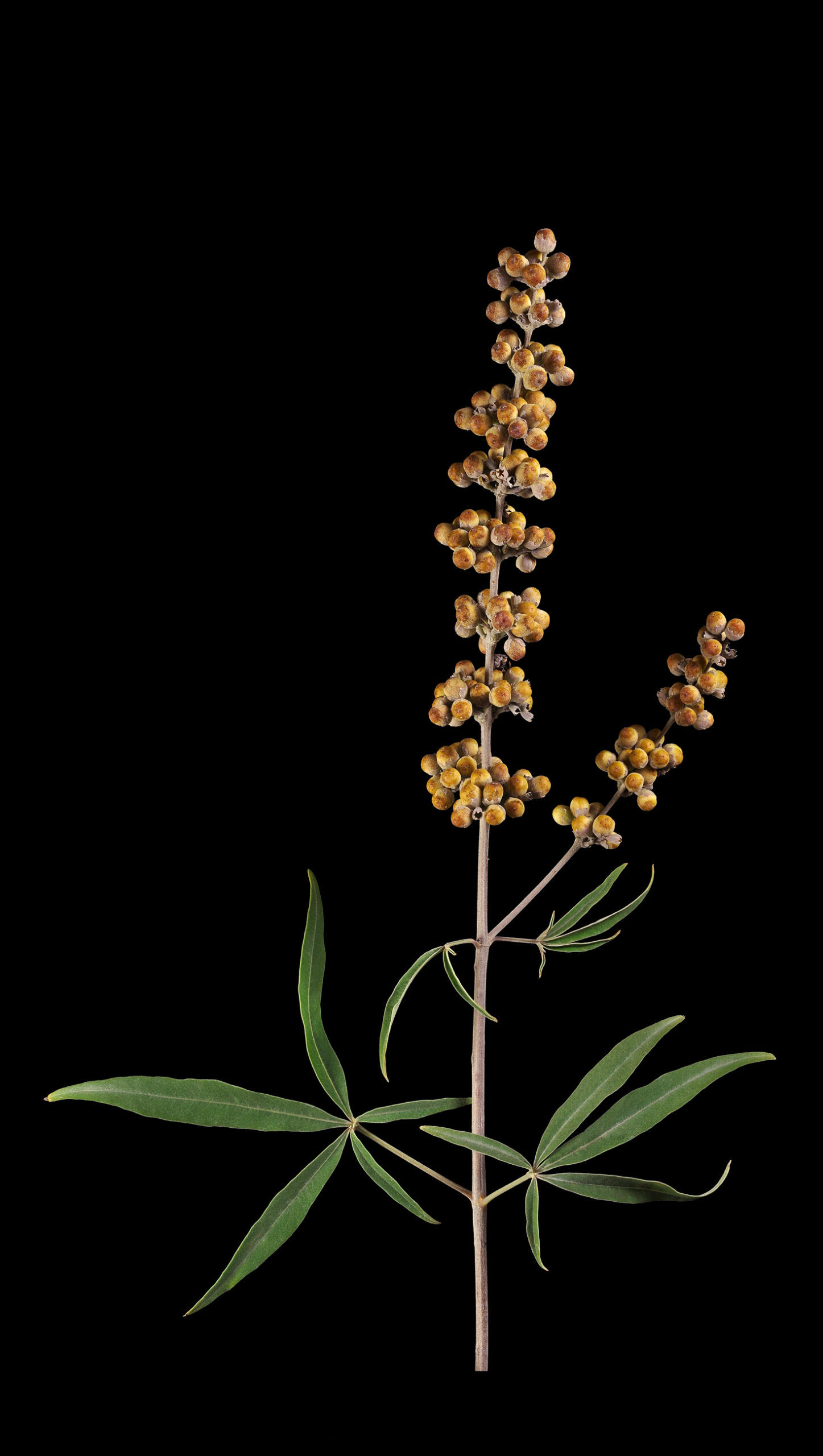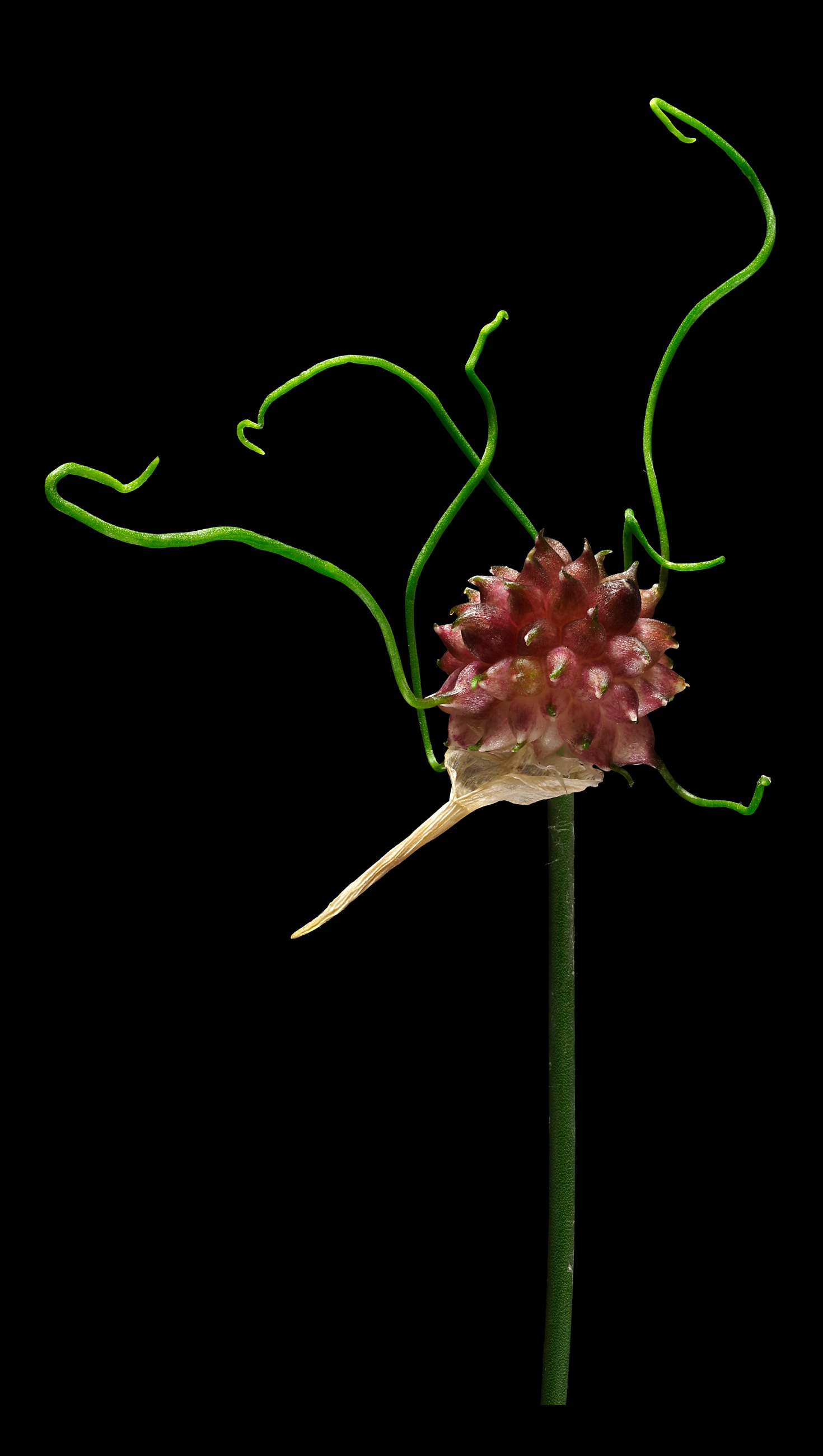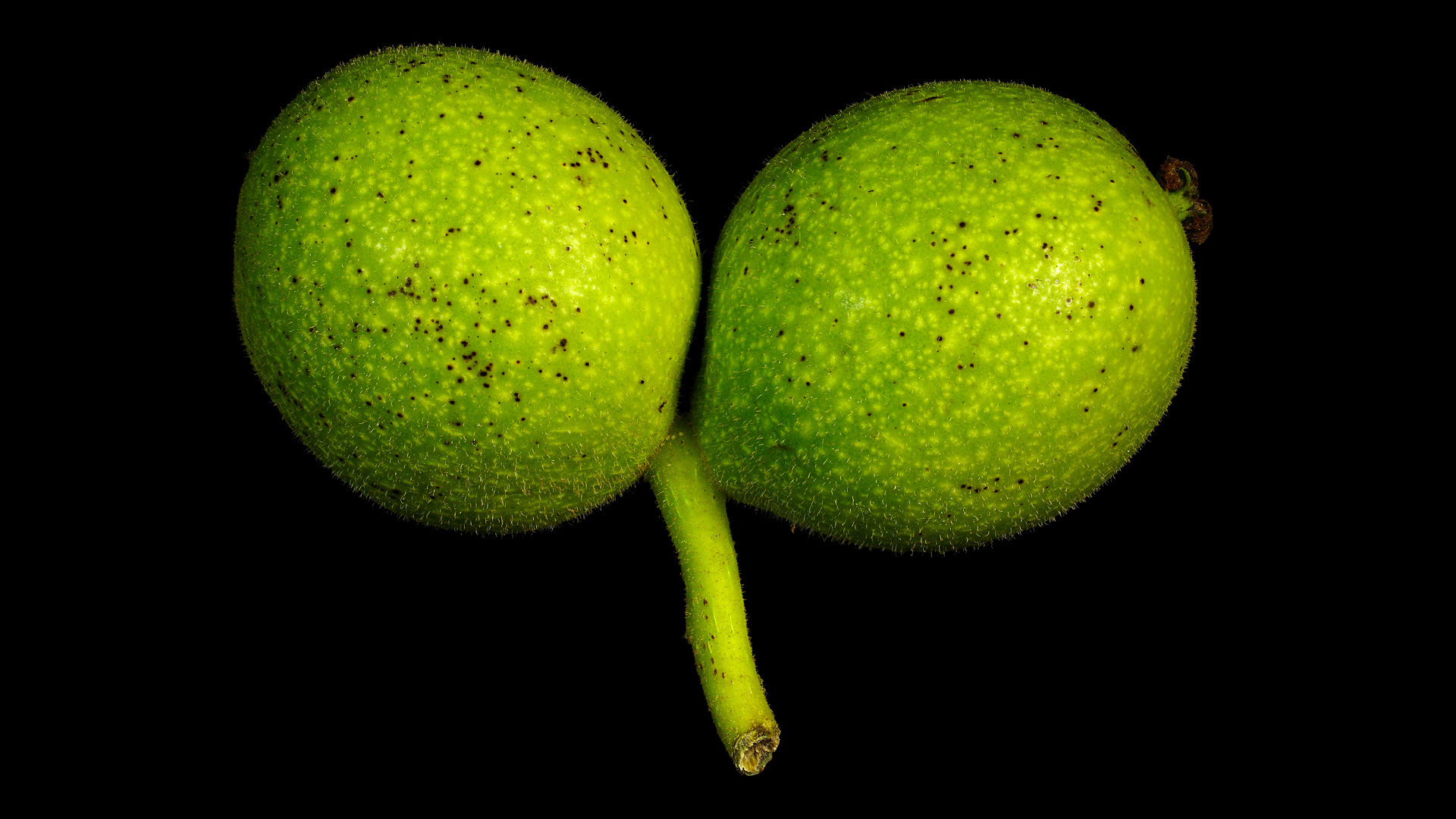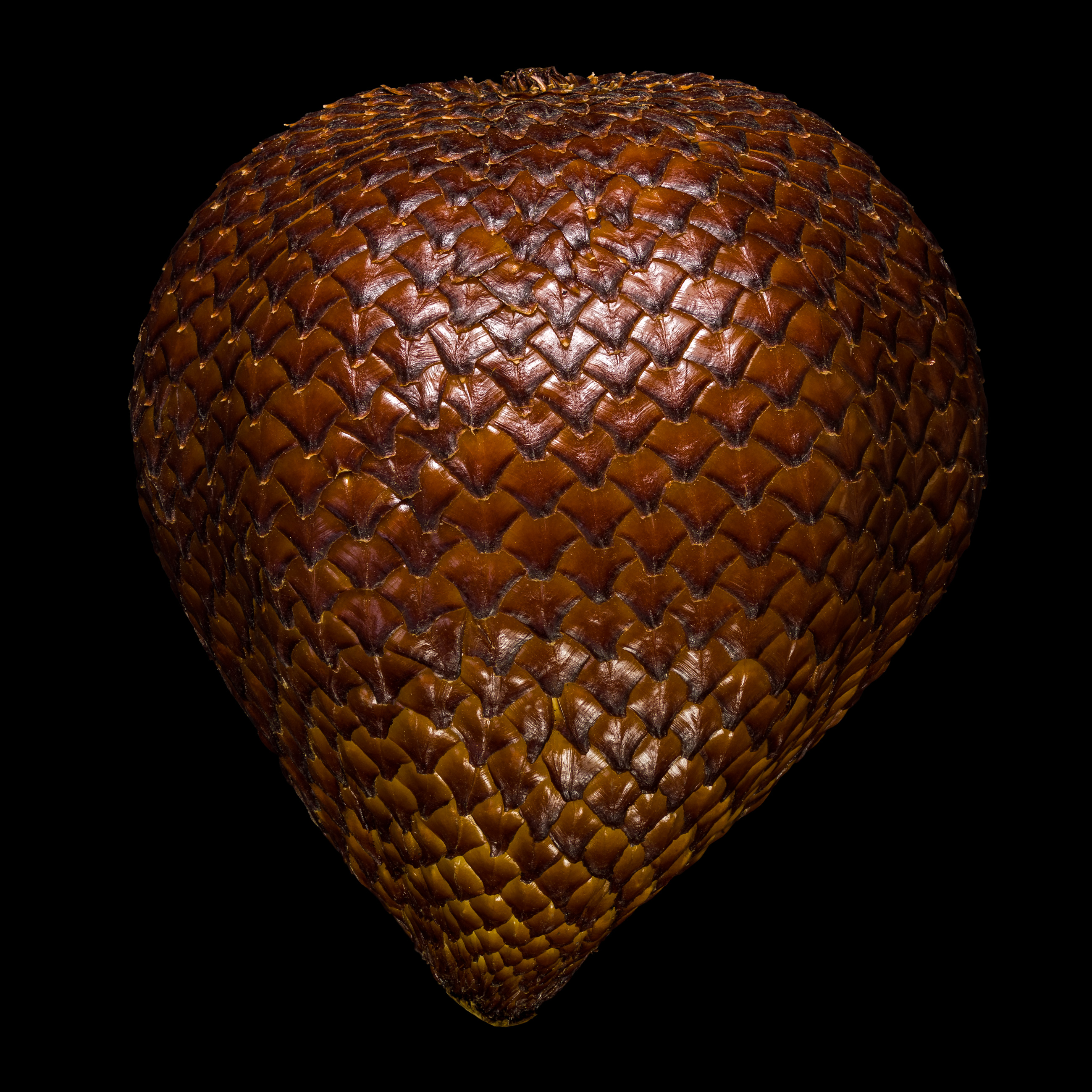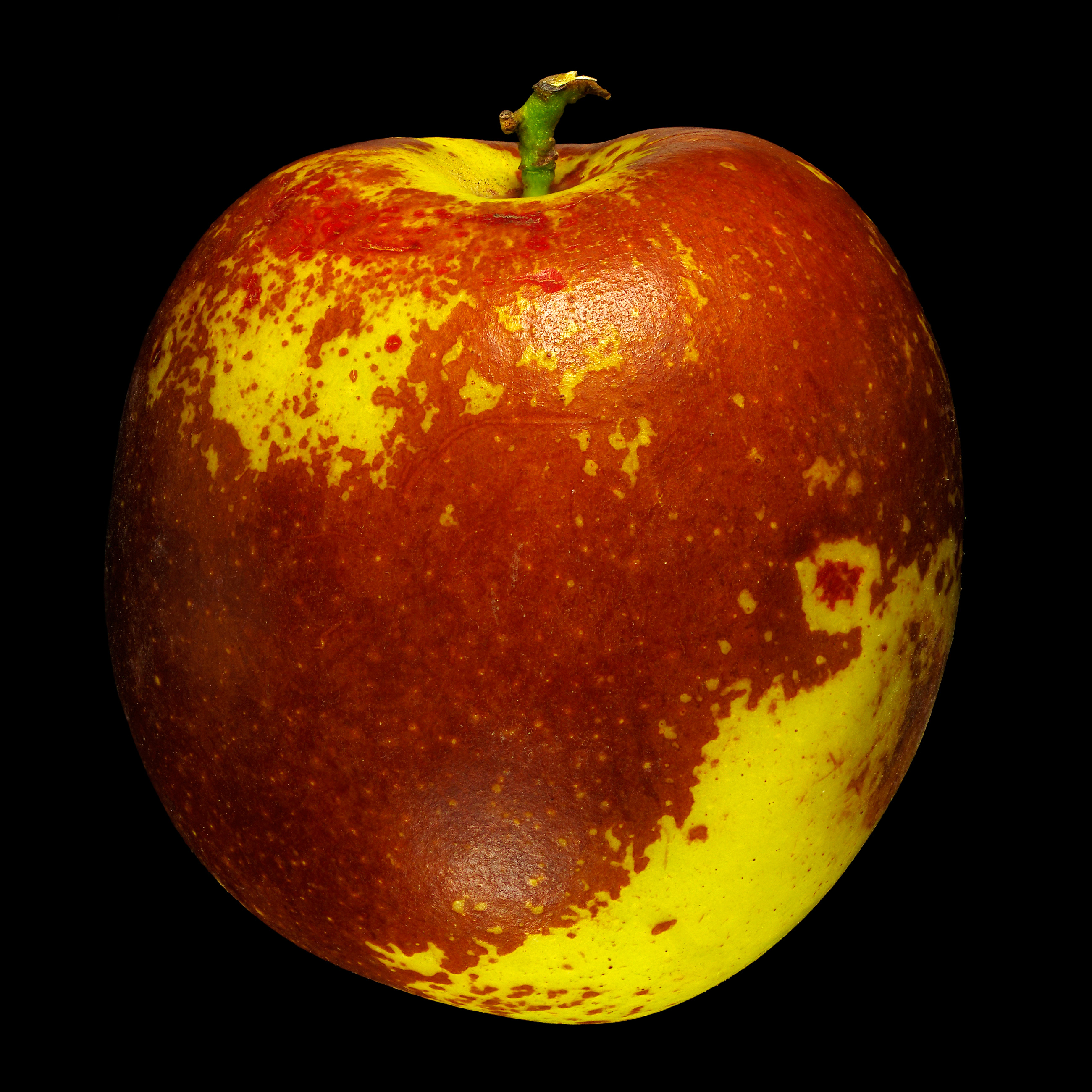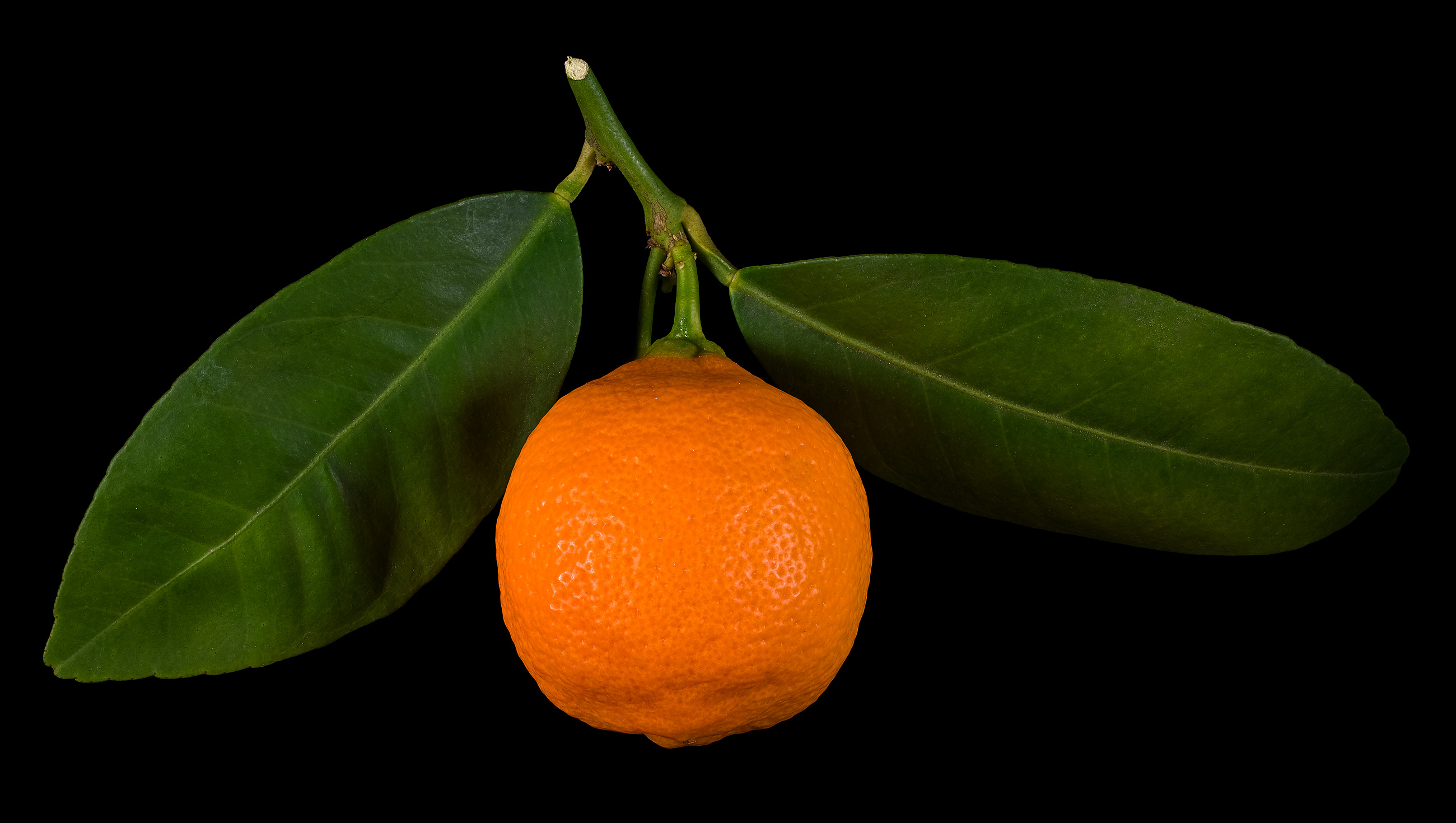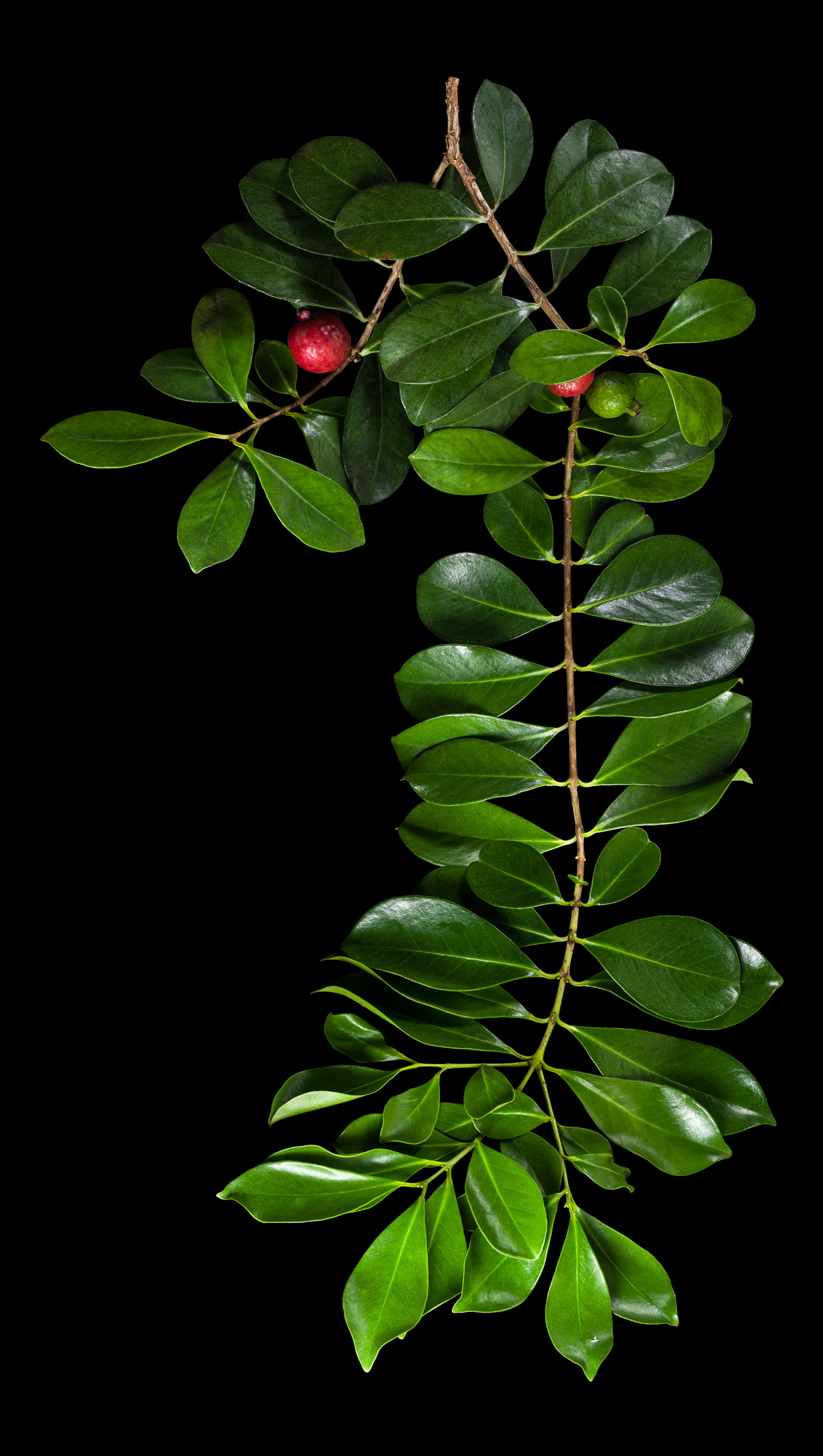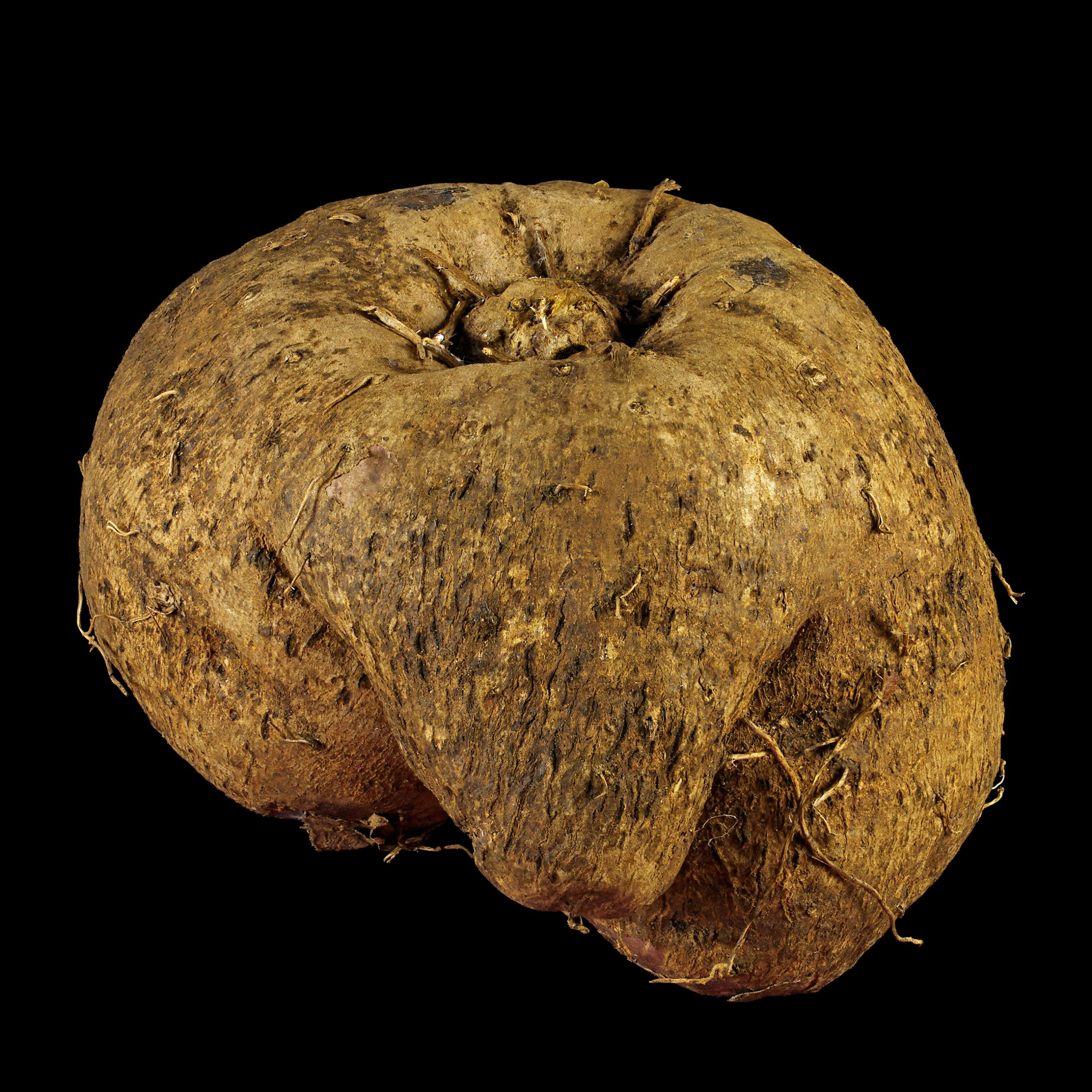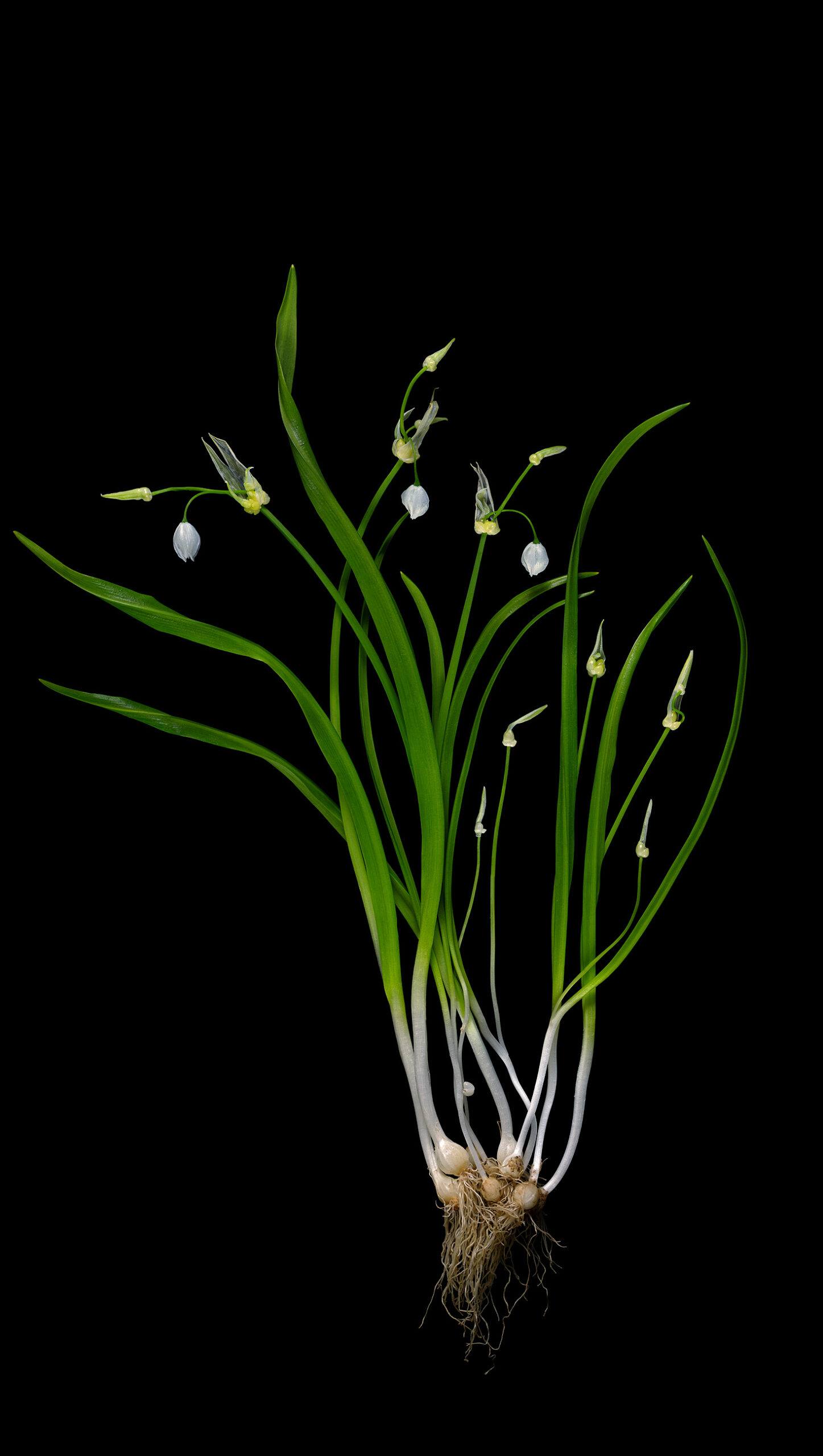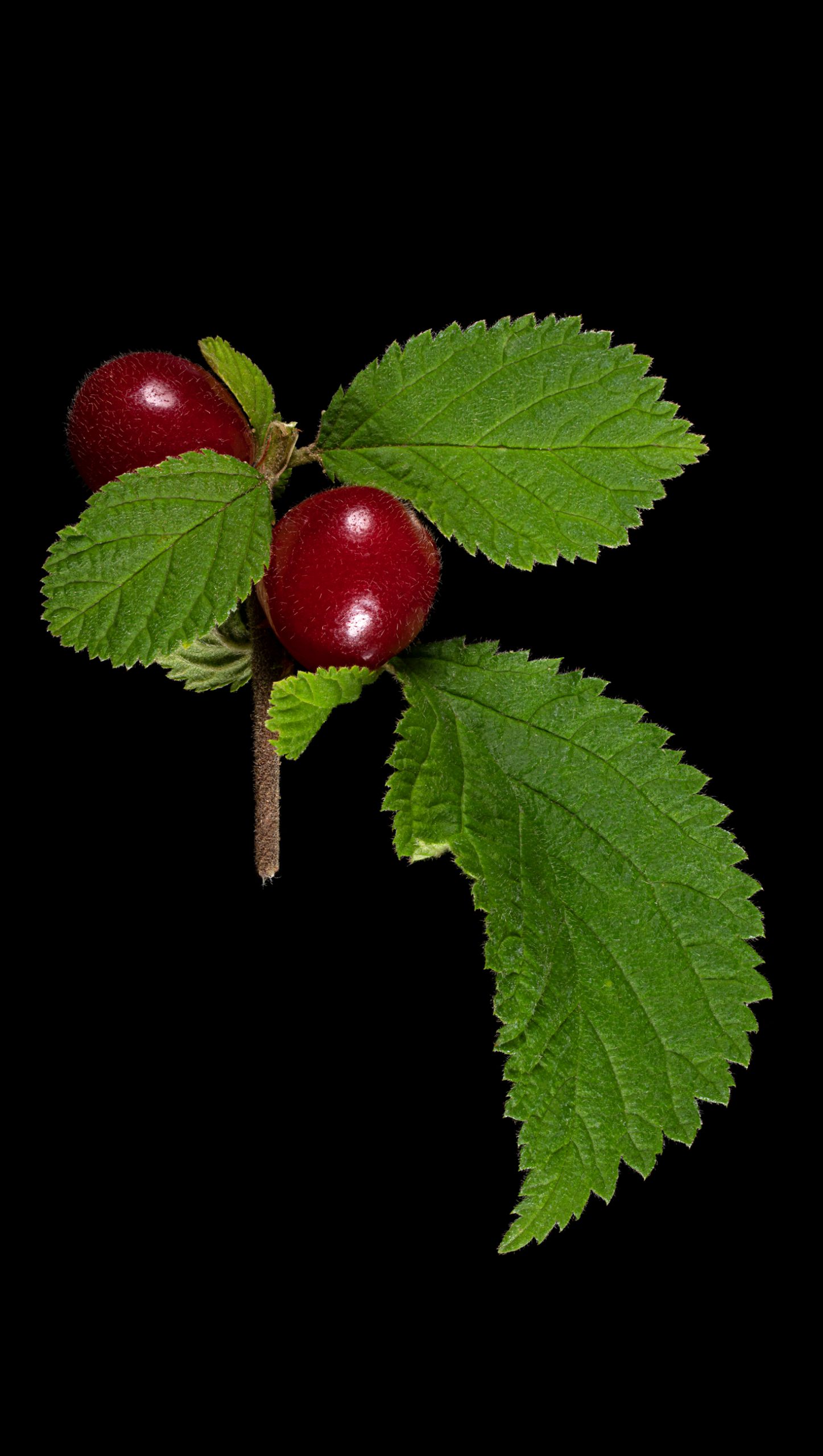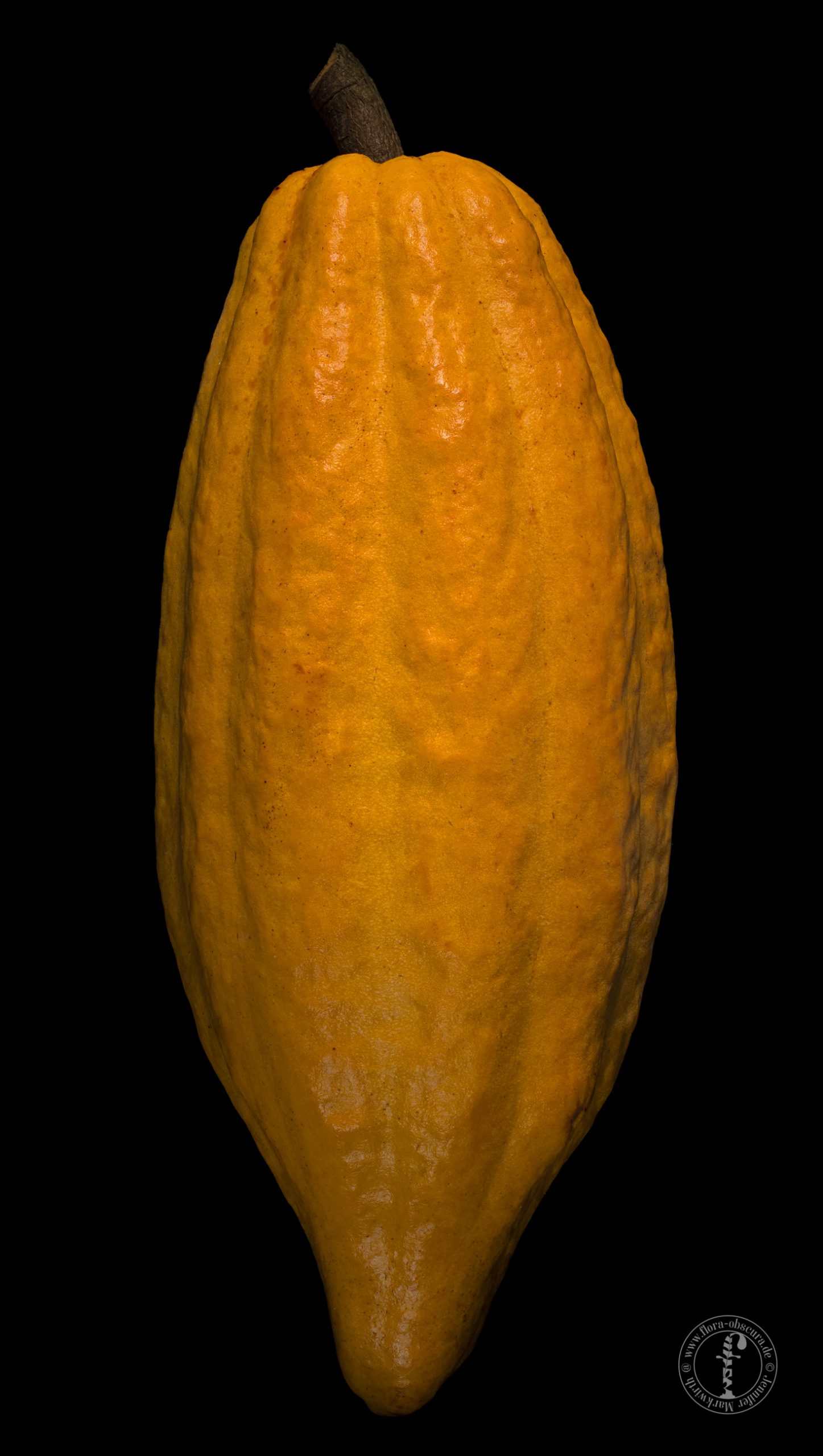Search Results for spicy
For lemonade, jam, sorbet, in dressings and as a spicy, souring ingredient in spicy as sweet dishes.
Wild garlic can be collected in the spring from March to the end of April in many places in the forest. There it grows as a dense, dark green carpet.
If the rough leaves are rubbed, an intense, fresh lemon aroma spreads immediately.
he tuber cellar is a classic, spicy ingredient in stews and soups with a characteristic aroma.
The seeds of the Black-caraway are mostly roasted. They are slightly bitter and spicy, with an unobtrusive aroma of cumin and roasted sesame seeds.
The variety comes from Japan and is named after a Japanese tribe (隼 人, “Falcon-People”), who lived on the Kyūshū island during the Nara period.
Flowers and leaves give a good, fresh and decorative kitchen herb in salads, whose taste is not particularly reminiscent of the flowers odor.
Pomegranate juice is obtained from these fruits, which is then processed into pomegranate wine and grenadine.
The variety morello cherry (subsp. acida) is well-known and often traded in glass jars, as compotes and jam, and it is an essential ingredient in the Black Forest gateau.
The aroma of fresh pandan leaves reminds of vanilla, it is of a heavy sweetness and very intense.
In addition to pepper mixtures, pink pepper berries are sometimes found in chocolate, which gives them a slight pungency and a peppery aroma.
Cornelian cherries taste sweet, but also quite astringent when picked and eaten fresh from trees or hedges.
Java apples are usually eaten raw as dessert fruit, but sometimes they also find their way into spicy dishes.
Fruits and leaves of „Monk’s pepper“ work as spices. Especially the hot tasting fruits can be used as a pepper substitute.
The bulbils are only about 5 mm in size and the onion is edible (stems and leaves are too tough) and taste like chives, often the taste is described similar to garlic and can replace it.
The green walnut is the unripe walnut fruit (J. regia) harvested before St John’s Day on 24 June which is processed into a delicacy.
The paper-thin skin hides a very firm, crunchy, yellowish-white flesh, which tastes very good when ripe and has an aroma reminiscent of mango, lychee or (remotely) durian.
During the ripening process, the initially yellow fruit is covered more and more with reddish-brown spots until the whole skin is brown.
The cultivar ‚Santa Barbara‘ is orange in colour and has a perfume-like aroma and a slightly soapy taste.
Cattley guava has spherical, red berries that can be eaten fresh or processed into juice, jam and sorbet.
The eponymous violet colour of the starchy storage tissue is striking, although it can also be white.
Few-flowered leek: Allium paradoxum The leek with the bell-shaped flowers Few-flowered leek can grow in a dense, lawn-like stand. It is edible like spring onions, although the "tuber" remains somewhat smaller and the whole plant has a more delicate growth.
The hairy fruits, which grow on very short stems almost directly on the branch, are juicy and soft, slightly sweet and tart.
The purple or reddish, brittle cocoa beans are first fermented with the help of the sweet pulp for about 10 days, which reduces the bitter substances and slowly develops the typical cocoa aroma.



